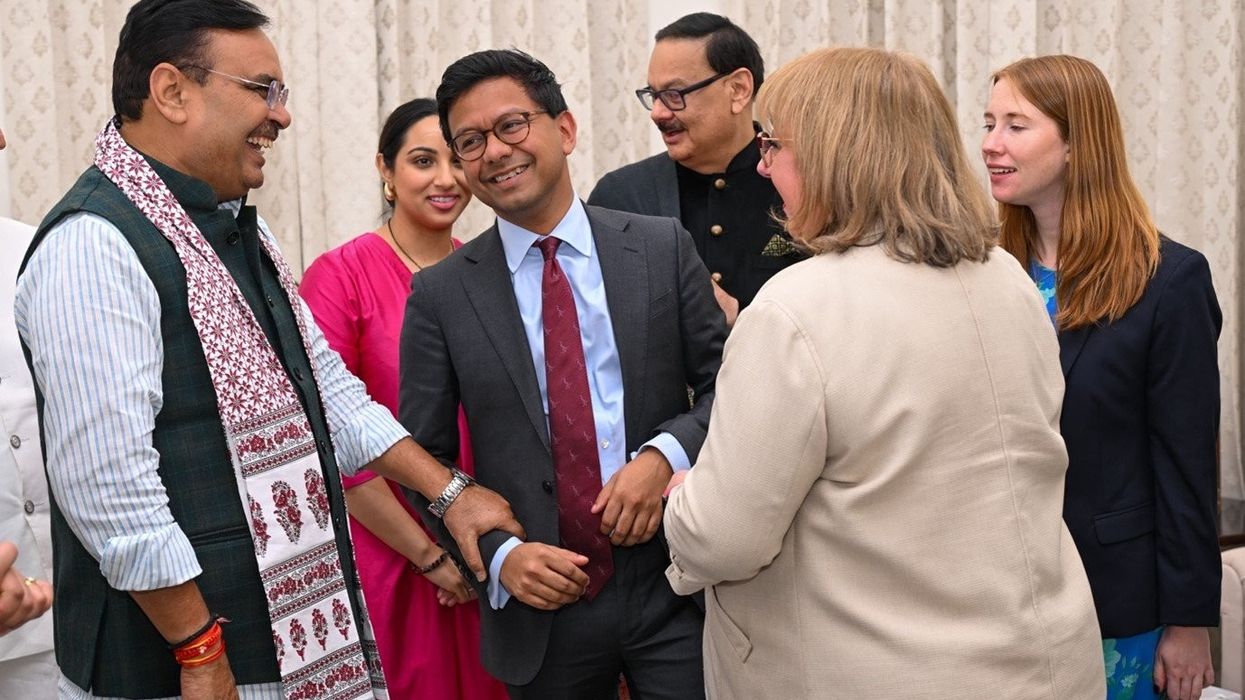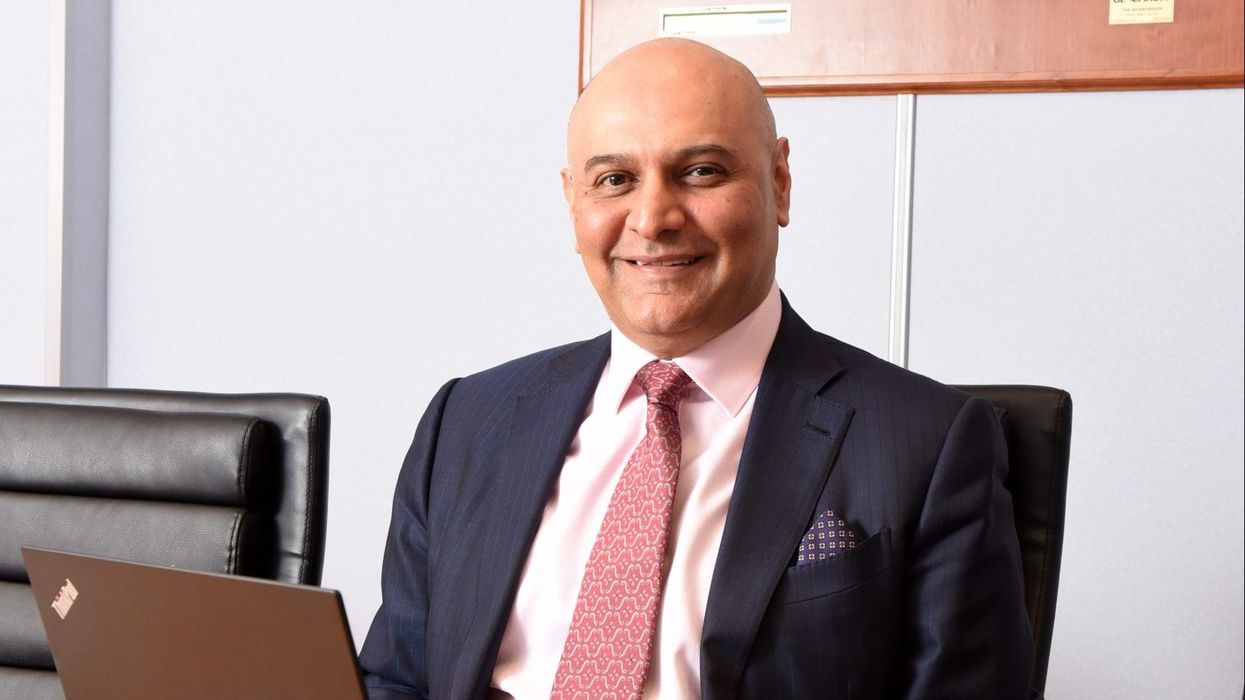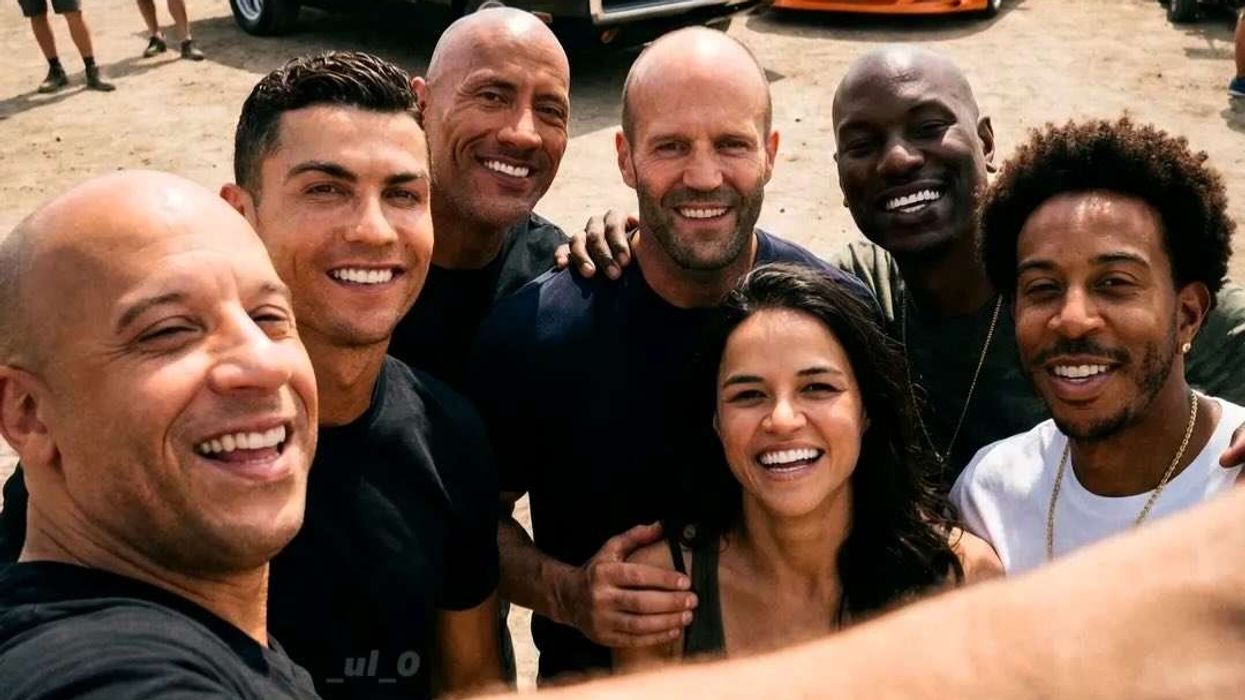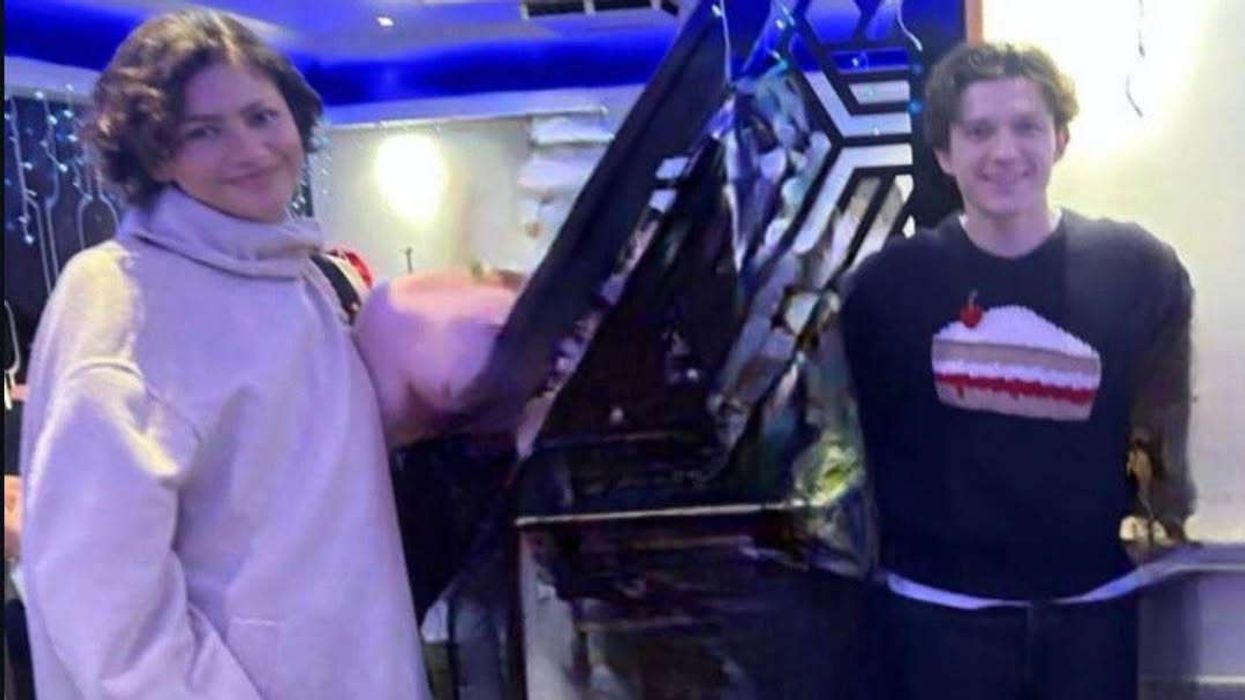AFTER five hours of debate over assisted dying, a historic private members’ bill passed its second reading in the House of Commons. This is a stunning change in the way we as a nation consider ending our lives.
We know from survey research that the religious tend to be against assisted dying. Given Asians in the UK tend to be more religious, comparatively, it is likely that Asians in general are less supportive of this new proposed legislation, compared to the general public.
One study found that assisted dying was considered by Muslims as a grave sin, indicative of turning away from god. Buddhists are inclined to oppose assisted dying, as they are against killing in any form. Hindus tend not to support a doctor’s decision to assist a patient’s request for euthanasia, because of the religious conviction that this produces an unnatural separation of the body and soul, resulting in damage to the “karma” of both the perpetrator (doctor) and the recipient (patient).
But Asians tend to have greater respect for doctors, and what concerns me as a clinician is that for all the hours and hours in the media and in parliament over the debate, this illuminated an entrenched tendency to just ignore medical professional’s opinions on health care. The public and the media seem to turn to anyone – an astrologer, a shaman, a receptionist, anyone – but an actual physician over any aspect of actual medicine.
Doctors confront at first hand unbearable suffering in their patients, so you might think that they would be strongly in favour of assisted dying.
However, I as a psychiatrist, remain concerned that many of those who want to shorten their lives may be doing so because they have become clinically depressed, maybe as a result of some terrible physical or even social predicament. Then, it is the depression that is driving them to choose an early and assisted death.
In other words, we need to be careful that assisted dying isn’t an assisted suicide, when the suicidal thinking could have been the result of a treatable mental illness.
We don’t know what the final legislation might yet look like, but if it includes an assessment is required by a psychiatrist, then would I be reassured?
What might happen – if this aspect is even entertained by legislators – is that they will use terms like ‘mental health professional’, which will make it look to the general public, like psychiatrists are involved, but in the end, the interventions will be done by much cheaper employees, who never darkened the door of a medical school.
We are seeing precisely this trend play out with the fight between doctors and the government over the introduction of ‘physician associates’ into the NHS.
So, in the end, any mental health assessment that is part of a new assisted dying policy will not be any real evaluation, and it will not actually be a genuine part of the contrasting landscape we find ourselves in.
After all, you try getting a mental health assessment at your local general practice for an ‘ordinary’ depression, and experience what a nerve-shredding nightmare that becomes. If NHS mental health care has in fact crumpled up and blown away, what chance is there that those applying for assisted dying are going to get any kind of decent mental health assessment, before being signed up for early dispatch by an already overstretched system?
But it’s not just the mental health of the patients who will come under this new proposed legislation that worries me; in fact, it is also the potential long-term impact on the different emotional demands created for doctors who will work in this alternative system.
I have been told that more medics come to consult with me over their mental health, than any other psychiatrist in the UK. They opt to see me privately in Harley Street in droves because they are nervous that any question over their mental health that enters their NHS medical records could trigger an unwelcome intrusive interest from the doctors’ regulator, the General Medical Council (GMC).
Physicians have an increasingly strained relationship with their regulator, which is widely seen as overly punitive, unfair, and has even been accused of racism.
Generally, doctors work under pressure, and already experience an elevated suicide rate, which varies from country to country, but can be up to two times the suicide rate of the general public.
Interestingly, veterinary surgeons have an even higher suicide rate than doctors, indeed some surveys suggest it is twice the rate of doctors. At first glance, this appears odd, as traditionally, it is even more difficult to get into veterinary college than medical school, so these are super bright, successful people doing a highstatus job, which is often very well remunerated. They would appear to have won the lottery of life.
After all, the hugely popular TV series, ‘All Creatures Great and Small’, was set in a veterinary surgeon practice in northern England, based on the best-selling books by James Herriot, and illustrated the enormous affection the public have for these professionals.
As the British prefer animals to people, so they hold the experts who treat their four-legged friends with much greater regard, compared to those who merely look after humans.
So, given all this love and adoration from the local community, why then do vets have such a high suicide rate?
One interesting speculation might be referred to as a ‘culture of death’ theory, which suggests that what the public don’t appreciate is that a huge amount of what vets do is, in fact, put animals down as a way of relieving suffering.
The theory argues that as a result of this, day in and day out, experience, vets come to see death as a liberation, and a solution to suffering. Perhaps this leads them to pull that trigger on themselves too early, when they encounter personal suffering. If this is the case, and if assisted dying is going to introduce a new kind of similarity to medical practice that vets already possibly endure, could it mean the suicide rate in doctors might also climb higher, strangely enough, because of this new assisted dying legislation?
Dr Raj Persaud FRCPsych is a consultant psychiatrist working in private practice in Harley Street London and is author of The Mental Vaccine for Covid-19 published by Amberley Press












‘Debate over assisted dying raises risks for medical staff’
Expert worries mental health assessments may fail under proposed law